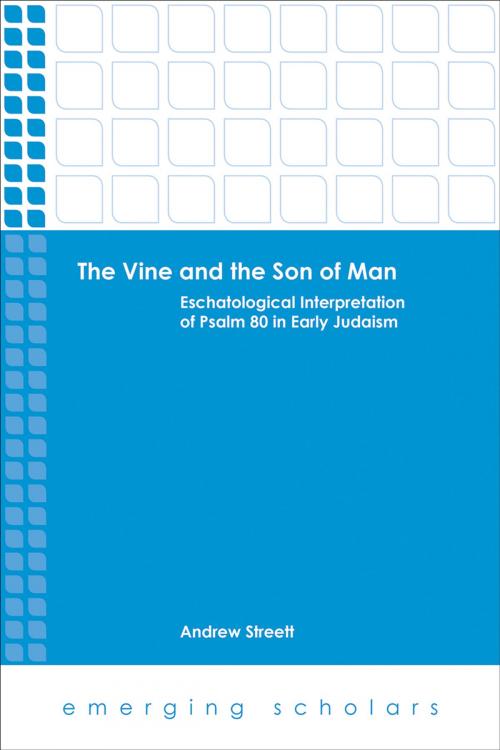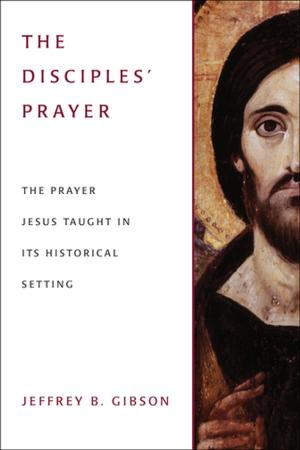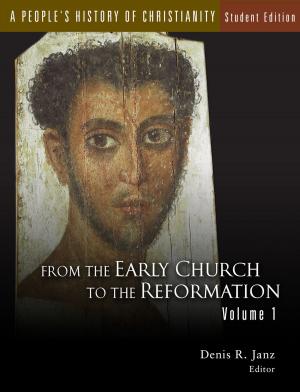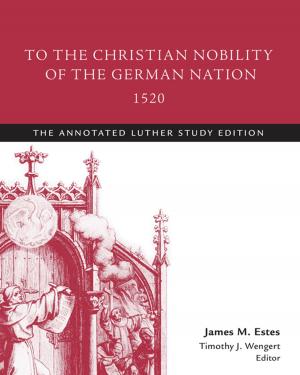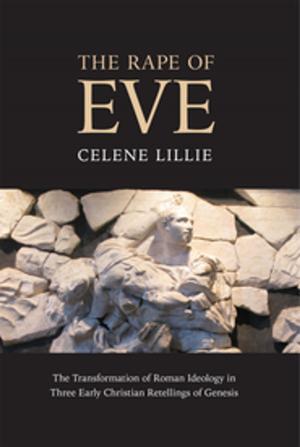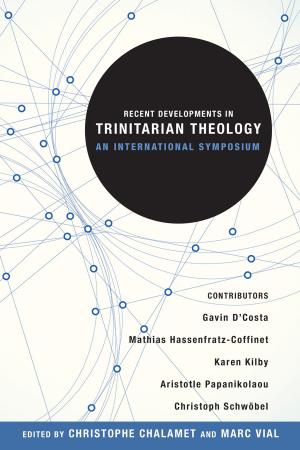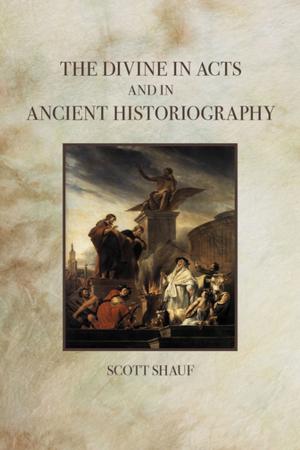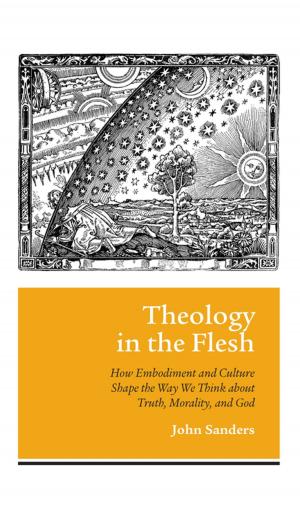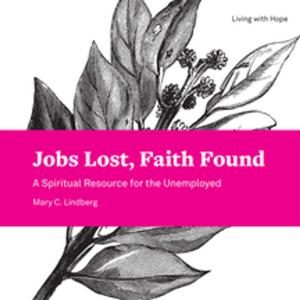The Vine and the Son of Man
Eschatological Interpretation of Psalm 80 in Early Judaism
Nonfiction, Religion & Spirituality, Bible & Bible Studies, New Testament, Criticism & Interpretation| Author: | Andrew Streett | ISBN: | 9781451479706 |
| Publisher: | Fortress Press | Publication: | February 1, 2014 |
| Imprint: | Fortress Press | Language: | English |
| Author: | Andrew Streett |
| ISBN: | 9781451479706 |
| Publisher: | Fortress Press |
| Publication: | February 1, 2014 |
| Imprint: | Fortress Press |
| Language: | English |
Since the discovery of the Dead Sea Scrolls, scholars have traced out the rich and complex traditions of biblical interpretation in Second Temple Judaism. Little attention has been given to date to Psalm 80, however. Andrew Streett demonstrates that the Psalm, which combines the story of Israel as a vine ravaged by others with hope for a “son” of God, a “son of man” who will restore the people’s fortunes, became a rich trove for eschatological hope.
This study traces interpretations of the Psalm, from the addition of verse 16b to its placement in the Psalter, its role as a source for Daniel 7, its interpretation in the Septuagint, and its use in the Dead Sea Scrolls (1QH XVI), the Liber Antiquitatum Biblicarum, 2 Baruch, and later the Targum of the Psalms and Leviticus Rabbah. Further, Streett argues that the Psalm was an important biblical text through which early Christians understood the Christ event.
Since the discovery of the Dead Sea Scrolls, scholars have traced out the rich and complex traditions of biblical interpretation in Second Temple Judaism. Little attention has been given to date to Psalm 80, however. Andrew Streett demonstrates that the Psalm, which combines the story of Israel as a vine ravaged by others with hope for a “son” of God, a “son of man” who will restore the people’s fortunes, became a rich trove for eschatological hope.
This study traces interpretations of the Psalm, from the addition of verse 16b to its placement in the Psalter, its role as a source for Daniel 7, its interpretation in the Septuagint, and its use in the Dead Sea Scrolls (1QH XVI), the Liber Antiquitatum Biblicarum, 2 Baruch, and later the Targum of the Psalms and Leviticus Rabbah. Further, Streett argues that the Psalm was an important biblical text through which early Christians understood the Christ event.
